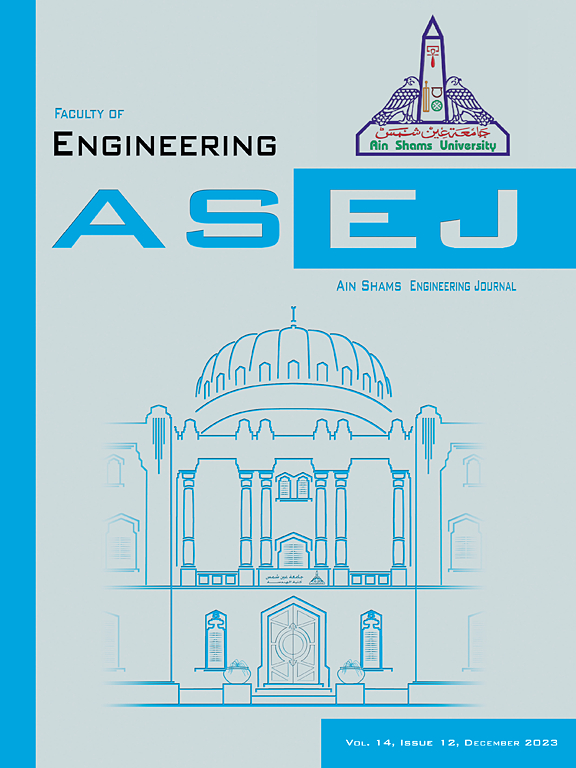基于深度学习的以用户为中心的无小区大规模MIMO系统的高效LSFD权重预测
IF 6
2区 工程技术
Q1 ENGINEERING, MULTIDISCIPLINARY
引用次数: 0
摘要
无小区大规模多输入多输出(mMIMO)技术具有较高的宏观分集增益和均匀的覆盖能力,有望在第六代(6G)移动通信中得到应用。接入点(AP) -用户设备(UE)关联是无小区mimo中的主要问题之一。本文研究了一种联合大规模衰落解码(LSFD)和AP-UE关联,以减少计算时间,同时实现高能量和频谱效率。提出了两种深度神经网络模型:每用户设备深度神经网络(PUEDNN)和每接入点深度神经网络(PAPDNN)。PUEDNN模型预测每个UE与所有AP之间的LSFD权值,而PAPDNN模型具有预测每个AP与所有UE之间LSFD权值的优势。因此,该模型可以在每个AP上以更分布式的方式实现。这些模型使用启发式稀疏LSFD优化算法生成的数据集进行训练,这使得模型能够学习系统的稀疏性,并基于预测的LSFD权重值应用AP- ue关联,同时使用大规模衰落系数作为模型的输入。仿真结果表明,与最优LSFD设计和稀疏LSFD设计相比,PUEDNN和PAPDNN模型的计算时间分别减少了74%和92%。此外,PUEDNN比最优LSFD和稀疏LSFD设计分别显著提高了EE,而PAPDNN的EE优于最优LSFD设计。此外,与之前的启发式设计相比,这两种模型都实现了相当的SE。最后,采用不同的参数设置对模型进行了仿真,验证了模型的鲁棒性,并对模型的推理进行了复杂性分析。本文章由计算机程序翻译,如有差异,请以英文原文为准。
Deep learning-based energy efficient LSFD weights prediction for user centric cell free massive MIMO system
Cell free massive Multiple Input Multiple Output (mMIMO) is expected to be utilized in Sixth Generation (6G) mobile generation as it provides high macro diversity gain and uniform coverage. Access Point (AP)–User Equipment (UE) association is one of the main problems in cell free mMIMO. In this paper, a joint Large Scale Fading Decoding (LSFD) and AP-UE association is studied to reduce the computational time while achieving high energy and spectral efficiencies. Two deep neural network models are proposed called Per User Equipment Deep Neural Network (PUEDNN) and Per Access Point Deep Neural Network (PAPDNN). PUEDNN model predicts the LSFD weights between each UE and all APs, while PAPDNN model has the advantage of predicting the LSFD weights between each AP and all UEs. Accordingly, this model could be implemented in a more distributed fashion at each AP. These models are trained using dataset generated from heuristic sparse LSFD optimization algorithm, this allows the models to learn the sparsity nature of the system and apply AP-UE association based on the values of the predicted LSFD weights at the receiver side while using the large scale fading coefficients as the models’ input. Simulation results show that the computational time of both PUEDNN and PAPDNN models is reduced by 74 % and 92 % compared to optimum LSFD and sparse LSFD designs, respectively. Furthermore, PUEDNN enhanced the EE significantly compared to optimum LSFD and sparse LSFD designs, respectively, while PAPDNN outperforms the EE of optimum LSFD. Moreover, both models achieve comparable SE compared to previous heuristic designs. Finally, the proposed models are simulated using different parameter settings to validate their robustness, and complexity analysis is conducted for the models’ inference.
求助全文
通过发布文献求助,成功后即可免费获取论文全文。
去求助
来源期刊

Ain Shams Engineering Journal
Engineering-General Engineering
CiteScore
10.80
自引率
13.30%
发文量
441
审稿时长
49 weeks
期刊介绍:
in Shams Engineering Journal is an international journal devoted to publication of peer reviewed original high-quality research papers and review papers in both traditional topics and those of emerging science and technology. Areas of both theoretical and fundamental interest as well as those concerning industrial applications, emerging instrumental techniques and those which have some practical application to an aspect of human endeavor, such as the preservation of the environment, health, waste disposal are welcome. The overall focus is on original and rigorous scientific research results which have generic significance.
Ain Shams Engineering Journal focuses upon aspects of mechanical engineering, electrical engineering, civil engineering, chemical engineering, petroleum engineering, environmental engineering, architectural and urban planning engineering. Papers in which knowledge from other disciplines is integrated with engineering are especially welcome like nanotechnology, material sciences, and computational methods as well as applied basic sciences: engineering mathematics, physics and chemistry.
 求助内容:
求助内容: 应助结果提醒方式:
应助结果提醒方式:


